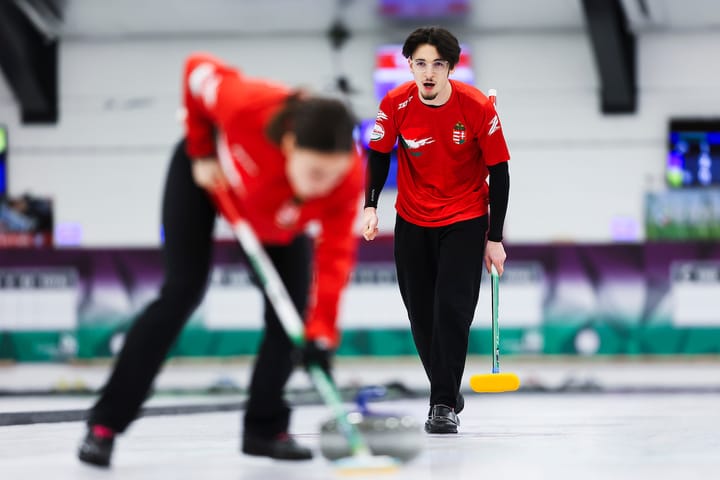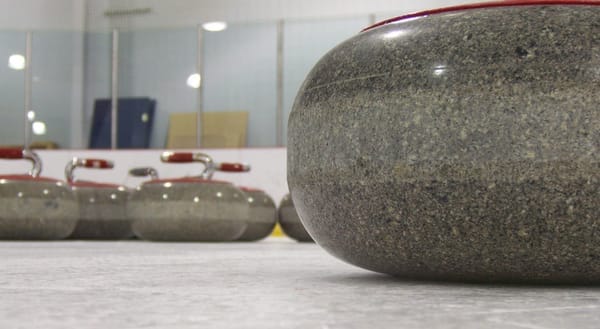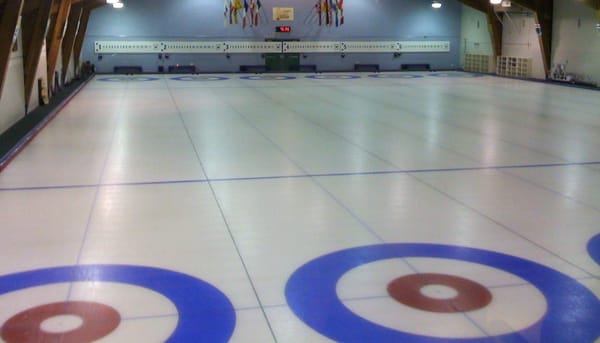The Tick Shot: A Game-Changer in Curling

The tick shot is a highly precise maneuver in curling that involves displacing a guard stone without removing it from play. This seemingly subtle technique has significantly altered the competitive landscape, especially in high-stakes situations. Insights from the video transcript of "Chess on Ice" highlight the profound implications of this shot on the game.
Shifting Power Dynamics
One of the most notable impacts of the tick shot is its ability to tilt the scales in favor of the hammer team, particularly in the final end. By neutralizing a strategically placed center guard with a well-executed tick, the hammer team greatly reduces the non-hammer team's chances of setting up a steal. Statistics from the video reinforce this: men’s teams on tour win 77.9% of the time when tied with the hammer in the final end, while women’s teams achieve a 66.7% win rate in the same scenario. This demonstrates how critical the tick shot can be in late-game situations.
A Sign of Elite Skill, Now More Common
Traditionally, the tick shot was regarded as a hallmark of elite curling teams, showcasing their precision and control. Lisa Weagle, the lead for Rachel Homan’s rink, became so renowned for her mastery of this technique that it earned the nickname "Weagle." However, the increasing prevalence of the tick shot has made it a staple for even high-level club teams. This evolution underscores how the shot's effectiveness has permeated all levels of play, enhancing its significance in competitive curling.
The No Tick Rule: A Controversial Response
In response to the widespread adoption of the tick shot and its impact on game outcomes—particularly by amplifying the hammer team’s advantage—the World Curling Federation (WCF) has introduced the "no tick rule" in championship play. This rule prohibits any movement of a stone situated on the center line during the free guard zone period, effectively outlawing the tick shot in these specific contexts.
Debate and Implications
The introduction of the no tick rule has sparked considerable debate within the curling community. Critics argue that it unfairly penalizes teams for their skill, stifling a tactic that has become integral to high-level play. Supporters, on the other hand, contend that the rule enhances the sport's entertainment value by introducing greater uncertainty and excitement, especially in critical final ends. While this rule change is more prevalent in championship play, it has yet to significantly impact club-level competitions.
Summarizing the Impact
The tick shot has profoundly influenced competitive curling by:
- Bolstering the Hammer Team's Advantage: It significantly enhances the hammer team's position, particularly in final ends.
- Evolving as a Widely Adopted Tactic: What was once a mark of elite skill has become a common maneuver among many teams.
- Introducing the "No Tick Rule": This rule change highlights the shot’s game-changing potential in championship contexts.
- Generating Ongoing Debate: Discussions about the rule’s fairness and its effects on the sport continue to thrive.
The tick shot exemplifies how minor adjustments in technique and strategy can create ripple effects, shifting the balance of power and prompting adaptations in both gameplay and rules. As curling continues to evolve, the tick shot will remain a key focal point in discussions about the sport's future.



